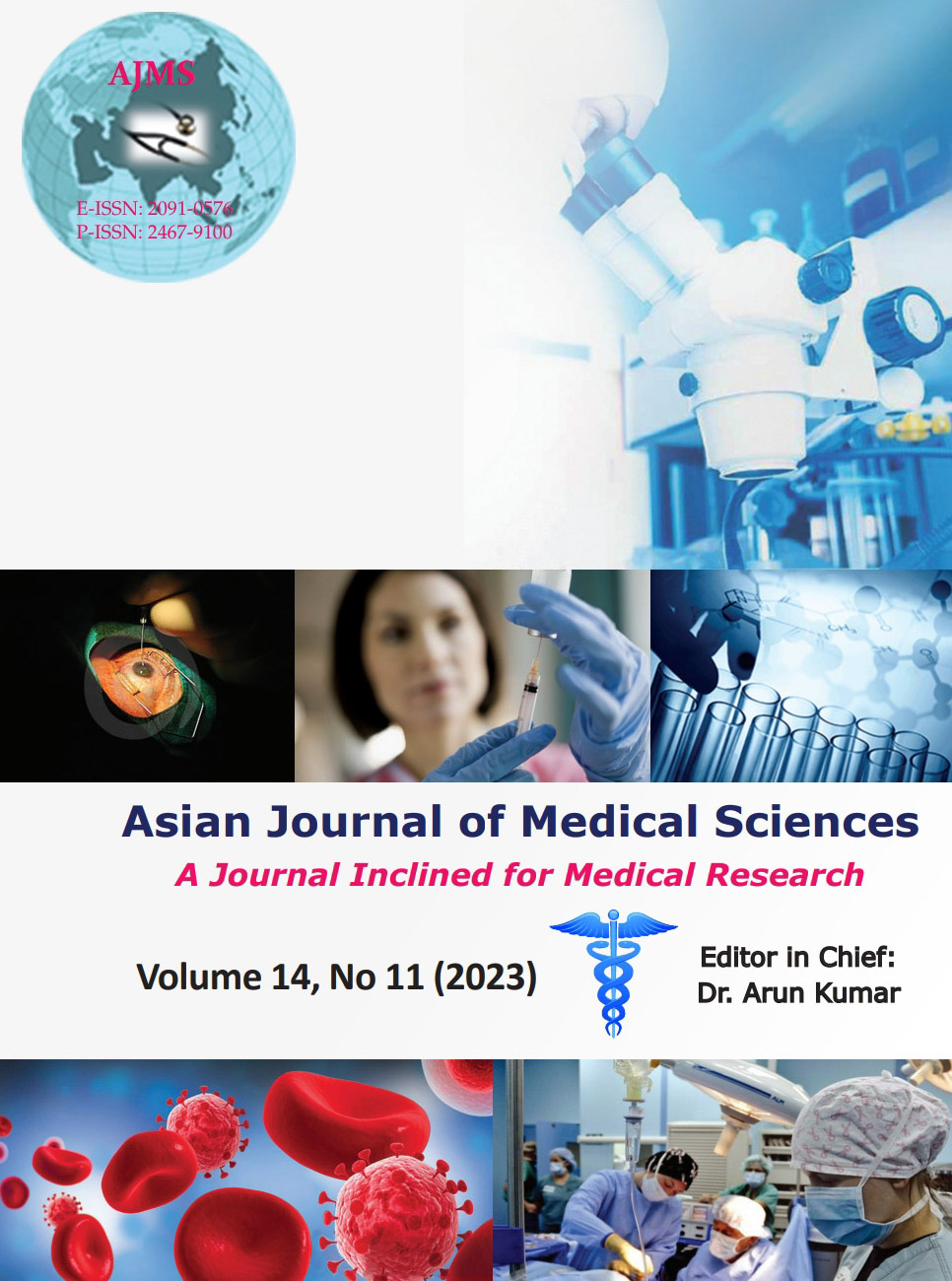Anesthetic considerations in supravalvular aortic stenosis: A case series
Keywords:
Supravalvular aortic stenosis; Anesthesia; Sudden death; Myocardial ischemiaAbstract
Supravalvular aortic stenosis (SVAS), characterized by elastin arteriopathy, presents either as a localized narrowing at the sinotubular junction or as a diffuse form with additional involvement of the ascending aorta, aortic arch, and its branches. Associated lesions of the aortic valve, coronary artery narrowing, and pulmonary artery stenosis can further complicate the disease process. These patients are inherently at risk for developing myocardial ischemia, particularly in the setting of anesthesia or sedation. The left ventricular hypertrophy, secondary to the obstruction, results in increased left ventricular wall tension and myocardial oxygen consumption. Associated anatomic factors in the coronary arteries can further impair coronary blood flow. Any anesthetic drug that further increases oxygen consumption or decreases the coronary blood flow will result in an imbalance and increase the risk of cardiac arrest. We present a series of three patients with SVAS who were operated at our institute and subsequently discharged with good outcomes. The hemodynamic goal during the perioperative should aim to balance the myocardial oxygen supply-demand ratio. Extreme vigilance and aggressive resuscitative measures are needed to prevent any adverse myocardial event that can happen immediately after anesthetic induction or during periods of intense sympathetic stimulation such as laryngoscopy, sternotomy, aortic cannulation, or during emergence from anesthesia.
Downloads
Downloads
Published
How to Cite
Issue
Section
License
Copyright (c) 2023 Asian Journal of Medical Sciences

This work is licensed under a Creative Commons Attribution-NonCommercial 4.0 International License.
Authors who publish with this journal agree to the following terms:
- The journal holds copyright and publishes the work under a Creative Commons CC-BY-NC license that permits use, distribution and reprduction in any medium, provided the original work is properly cited and is not used for commercial purposes. The journal should be recognised as the original publisher of this work.
- Authors are able to enter into separate, additional contractual arrangements for the non-exclusive distribution of the journal's published version of the work (e.g., post it to an institutional repository or publish it in a book), with an acknowledgement of its initial publication in this journal.
- Authors are permitted and encouraged to post their work online (e.g., in institutional repositories or on their website) prior to and during the submission process, as it can lead to productive exchanges, as well as earlier and greater citation of published work (See The Effect of Open Access).




